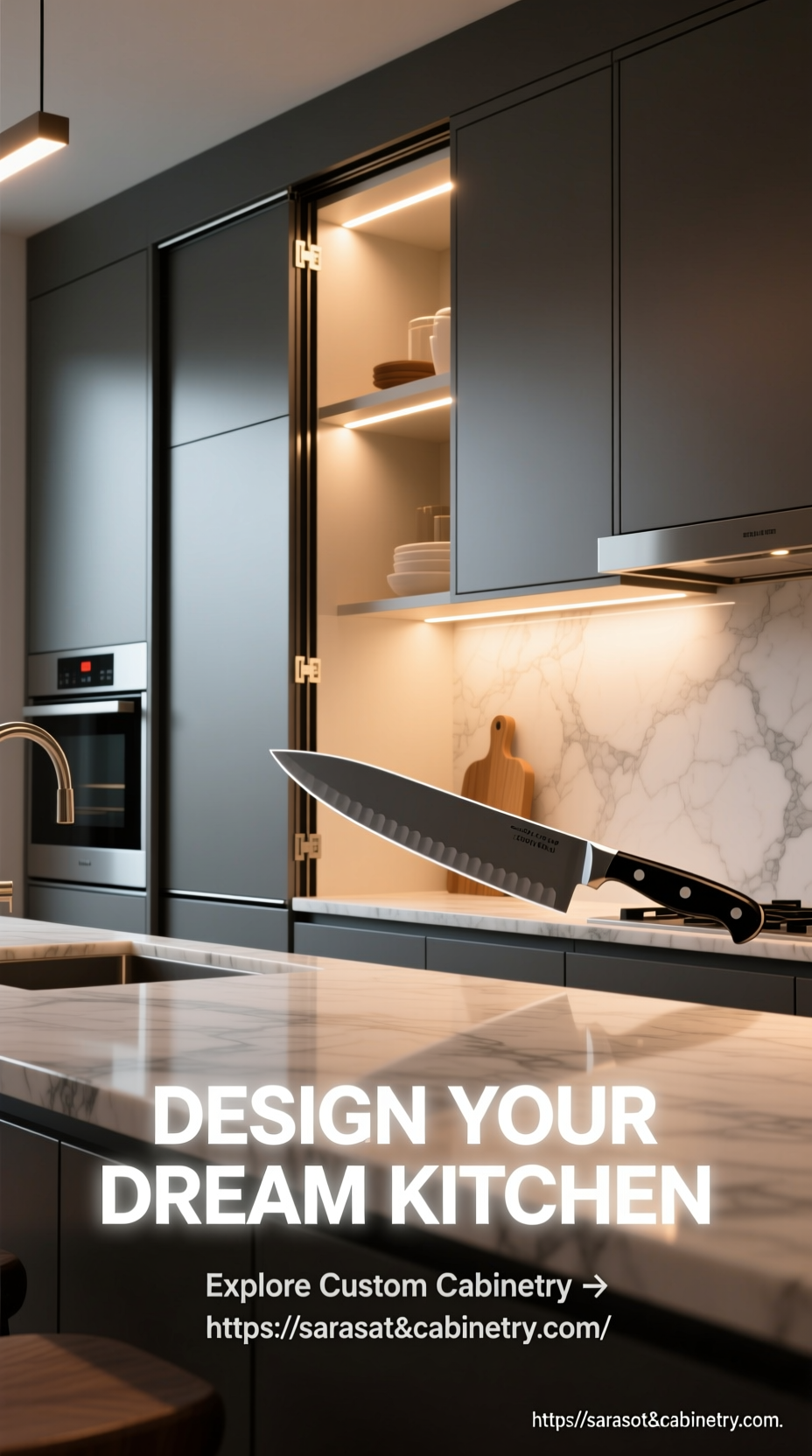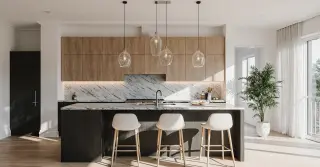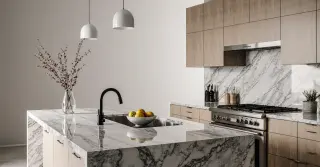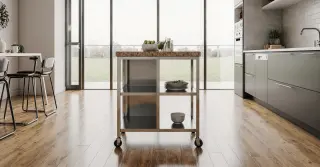Counter Top Island
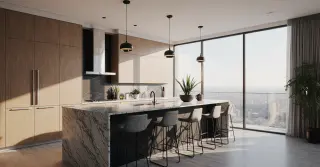
Kitchen Island Countertop: Redefine Your Culinary Space with High-End Materials
A counter top island serves as the highlight of any modern kitchen, blending functionality and aesthetic appeal in one exceptional element. These islands are no longer merely auxiliary surfaces; they have evolved into icons of style, efficiency, and versatility. Choosing the right countertop material is essential to amplifying both the visual charm and practical usability of your kitchen space. From cooking routines to entertaining guests, the countertop island functions as a durable, reliable, and visually stunning feature that establishes the overall atmosphere of your home. When choosing materials for a counter top island, homeowners now value a balance between aesthetic appeal and long-lasting performance. Granite, quartz, marble, and solid surfaces reign over the market due to their exceptional resilience and classic elegance. Granite countertops are esteemed for their organic textures and high-temperature tolerance, making them ideal for high-traffic cooking areas where durability is critical. Quartz offers a easy-care alternative with a wide array of colors and patterns, giving homeowners stylistic liberty without reducing longevity. Each choice affects not only the kitchen's practical performance but also its investment potential, positioning a expertly designed island as a strategic investment.
Beyond material selection, the layout of a counter top island is crucial to modern kitchen layouts. Functional islands often include storage cabinets, uniting convenience with sophistication. By establishing a main station for culinary activities, these islands optimize kitchen efficiency and improve efficiency, allowing various activities to be handled simultaneously. Whether serving meals, a meticulously crafted island enriches everyday kitchen experiences while adding a layer of elegance and practicality. Lighting and placement play an essential role in accentuating a countertop island’s aesthetic appeal. Strategically installed pendant lights or recessed lighting can enhance the island’s surface and create a inviting ambiance. For larger kitchens, islands incorporate bar-style seating, turning a culinary station into a social gathering spot. This dual role of function and engagement reinforces the island’s status as an indispensable element in modern home design, where beauty and utility harmonize seamlessly.
Maintenance is another critical consideration for those selecting a counter top island. Depending on the preferred material, cleaning routines and care requirements can change widely. Natural stones like granite or marble require sealing maintenance to maintain their luster and avoid discoloration. Quartz, being resistant to absorption, offers outstanding protection to spills and scratches, making it a practical option for families. Understanding these specifics ensures that your countertop remains stunning and resilient for years, safeguarding its value and daily usability. Customization options for a countertop island have evolved dramatically, allowing homeowners to tailor the design to their individual style. Edge profiles, color schemes, and built-in add-ons create a bespoke appearance that harmonizes with existing cabinetry and flooring. For those seeking a sleek design, simple geometric shapes can enhance visual appeal, while traditional styles may emphasize warm tones. These choices express personal style while influencing the kitchen’s overall harmony, emphasizing the island as a signature element.
Functionality surpasses traditional tasks to space-maximizing elements integrated into the counter top island. Pull-out drawers, hidden compartments, and wine racks are increasingly included to optimize utility and minimize mess. Such innovations enhance the island into a multifunctional hub that accommodates both culinary tools and daily essentials. By combining elegance with practicality, these features upgrade the island’s role in maintaining a streamlined kitchen. A key factor in selecting a countertop island is the balance between cost and long-term value. While luxury finishes and bespoke designs may require a higher financial outlay, they offer exceptional resilience and a refined look that enhances property value. Cost-aware buyers can explore alternatives such as laminate or engineered stone, which deliver style and durability at a lower cost. Regardless of the choice, selecting superior finishes ensures that the island stands out as a highlight that provides style and utility.
Sustainability is an important consideration in countertop design, with environmentally conscious surfaces and sustainable methods gaining popularity. Recycled stone, reclaimed wood, and environmentally safe composites provide environmentally conscious options without reducing functionality. Homeowners who choose green materials support sustainability while benefiting from long-lasting materials that meet modern design standards. These thoughtful choices align with global sustainability goals and elevate the kitchen’s sense of purpose. The versatility of a counter top island supports various purposes beyond basic meal prep. Many homeowners add breakfast bars, turning the island into a communal gathering space. This multi-use nature improves the home’s overall functionality and supports an dynamic living environment, making the island a essential element that serves cooking and social purposes. Its ability to merge form and function showcases why it remains a vital investment in contemporary kitchen design.
Ultimately, a meticulously planned countertop island marries durability, style, and functionality, elevating the kitchen into a stylish and usable area. From selecting surfaces and finishes to including practical and decorative features, every decision shapes the overall aesthetic that improves domestic elegance. By focusing on quality, aesthetics, and utility, homeowners can create a centerpiece that serves as the heart of the kitchen, merging sophistication, strength, and usefulness in a striking design. This counter top island is more than a surface; it’s a mark of sophistication, an asset for practical living, and a core design piece that influences domestic workflow. With careful planning, attention to material selection, and thoughtful design, it embodies the perfect blend of luxury and utility, promising that the kitchen continues as an elegant, usable environment for extended use.

